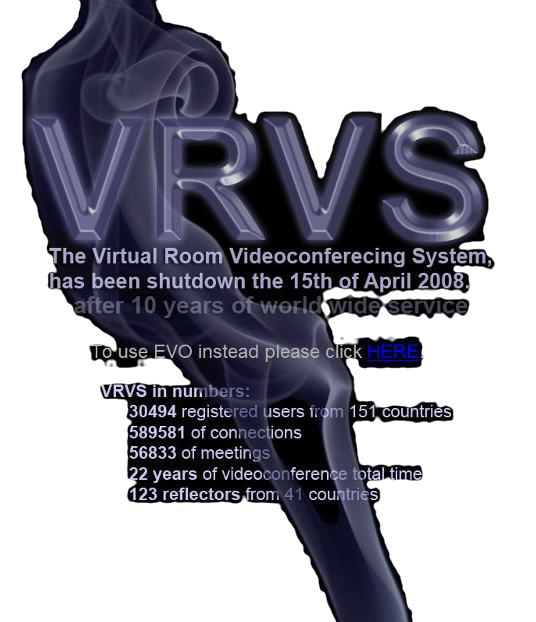Videoconferencing has become an essential tool for businesses, educational institutions, and individuals alike. It allows people to communicate and collaborate across distances, enabling remote work and distance learning. However, videoconferencing requires the use of standard protocols to ensure that video and audio data is transmitted smoothly and efficiently. In this article, we will explore the standard videoconferencing protocols and their importance in facilitating effective videoconferencing.
There are several standard protocols used in videoconferencing, including H.323, Session Initiation Protocol (SIP), and WebRTC. Each of these protocols has its own strengths and weaknesses and is used in different contexts depending on the specific needs of the user.
H.323 is one of the oldest and most widely used videoconferencing protocols. It was developed in the 1990s and is still used in many legacy systems. H.323 provides a comprehensive suite of protocols for audio and video conferencing, including support for multipoint conferencing and real-time text. However, H.323 can be complex to set up and use and can be difficult to integrate with other systems.
SIP is another widely used protocol for videoconferencing. It is a simpler and more flexible protocol than H.323 and is widely used in modern systems. SIP supports voice and video calls, as well as messaging and presence information. It is also highly extensible, making it easy to add new features and integrate with other systems.
WebRTC is a newer protocol for videoconferencing that is built on web technologies such as HTML, JavaScript, and CSS. It is designed to be easy to use and integrate with web browsers, making it ideal for web-based videoconferencing solutions. WebRTC also supports real-time communication without the need for plugins or downloads, making it highly accessible.
In addition to these protocols, there are also several codecs used in videoconferencing. Codecs are used to compress and decompress audio and video data to reduce the amount of bandwidth required for transmission. Some of the most common codecs used in videoconferencing include H.264, VP8, and Opus.
The importance of standard videoconferencing protocols lies in their ability to ensure smooth and efficient transmission of audio and video data. Standard protocols enable different videoconferencing systems to communicate with each other, regardless of the specific hardware or software used. This makes it easier for people to communicate and collaborate across different platforms and devices.
In conclusion, standard videoconferencing protocols are essential for ensuring effective videoconferencing. H.323, SIP, and WebRTC are among the most widely used protocols, each with its own strengths and weaknesses. Codecs are also important for compressing and decompressing audio and video data to reduce bandwidth requirements. By adhering to standard protocols, videoconferencing systems can communicate with each other seamlessly, enabling remote collaboration and communication.

 Some of EVO’s features and functions are summarized below:
Some of EVO’s features and functions are summarized below:
